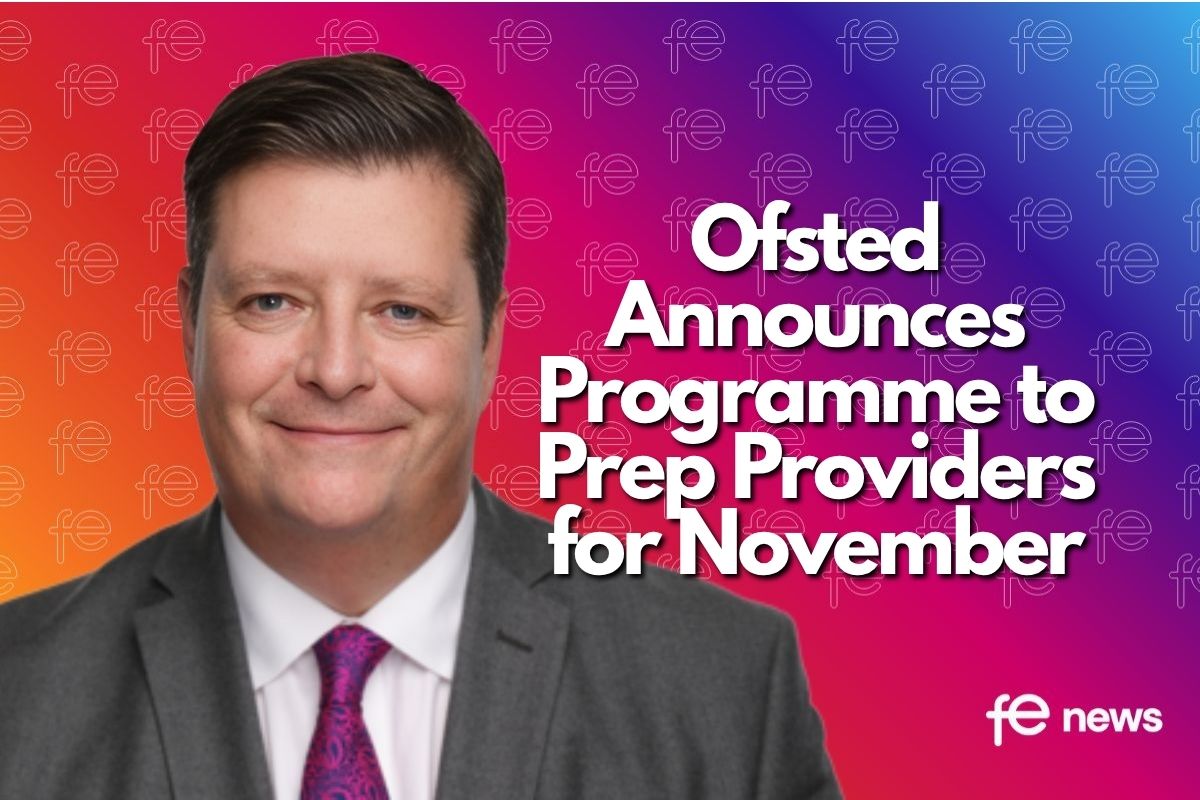Can Skills England really help enhance the international standing of the English skills system? What can we learn from other nations?

On 22nd July 2024, the Labour Government launched a new Arms-Length Body (ALB) to strengthen governance in the skills system – Skills England (SE). This is part of its long-term mission to drive forward skills reforms and repair what it calls a broken system. A core aim is to “break down barriers to opportunity”, develop a “shared national ambition to boost the nation’s skills” and “drive economic growth” in response to the new Industrial Strategy. As the first phase of its life, SE is being progressed in shadow form by the Department for Education (DfE). With the publication of its first report, a period of consultation, and stakeholder engagement, has started to help shape SE’s future journey.
Yet, whilst these are potentially important developments, understandably, the wider skills community is divided as to its benefits, having seen many previous skills bodies come and go over the years. They rightly question if SE can help create a skills system truly on a par with other leading nations. As I recently noted in research exploring the need for SE, we see far too much policy churn in the English skills system, and skills quangos often succumb to “a seven year itch” – indeed I have seen the beginning and end of two skills bodies in my own career, working in the Sector Skills Development Agency and the UK Commission for Employment and Skills. So, can SE really make a difference this time? The Labour Government clearly thinks it can and, with an extensive stakeholder consultation underway, I think we should all embrace their invitation to engage and shape future proposals. Partnership working is one vital ingredient to unlocking future success, including learning from international partners.
The importance of strong governance arrangements
The current Government states that the establishment of SE recognises the growing challenge of effectively governing skills systems when the future world of work is continually disrupted, both due to increasing short term shocks (such as the pandemic) and long-running megatrends such as technological advances and climate change.
The UK Government’s position is backed by international research. Indeed, the Organisation for Economic Co-operation and Development (OECD) highlights, from regular reviews of skills systems within its 39 members countries, that many governments around the world are wrestling with the increasing complexity of skills governance. The rapid pace of labour market developments is greatly enhancing the pressure on skills systems to effectively respond and ensure that training equips people with the skills necessary to thrive in a modern evolving world. Andreas Schleicher, the Director of Education and Skills at the OECD, reports that ensuring the ongoing relevance of lifelong learning so that individuals can find their way in an increasingly volatile, complex, ambiguous world is one of the biggest challenges of the 21st century.
As global economies see continual industrial restructuring, this is growing transversal skills and blurring the boundaries between different sectors and career pathways, so that skills concerns are increasingly intersecting many wider policy areas – this includes employment, welfare, health, transport, the environment, immigration, innovation and industrial policy. Skills policies require strategic oversight and the co-ordinated involvement of multiple partners to deliver effective outcomes – that is governments, employers, trade unions, workers, teachers, students and others. Skills governance arrangements offer the potential to: establish shared priorities; improve coordination; strengthen inter-ministerial cooperation; increase stakeholder participation; strengthen capacity building initiatives; improve funding efficiencies; and enhance skills delivery via effective monitoring and evaluation systems. So, what roles can SE assume?
What can SE do?
Bridget Phillipson, the Education Secretary, states that SE has a vital role in bringing partners together to address the fragmented skills landscape in England they inherited. This means encouraging businesses, trade unions, universities, colleges and training providers to work in partnership with national and local government to understand skills needs nationwide and support collaborative action to meet those needs. While SE’s recent report serves as a useful starting point for discussing reforms, there is less detail on what it will specifically do. The forthcoming roundtables therefore provide one vital mechanism to fill this gap.
Drawing from my research, and experience working with the OECD over 20 years, I think there is still much we can learn from international insights, which have aimed to get under the skin of what types of governance arrangements contribute to well-functioning skills systems. Whilst the governance process in different national skills systems will need to be conditioned by the distinct context, political institutions and skills regime, there are some broad design features that I would emphasise as vital to enhancing the likelihood of SE’s success:
- Authority and Independence from Government. It is important that SE as a distinct ALB has enough authority and autonomy to deliver its mandate in a way that drives improvements and adds value to the system. A sufficient distance to innovate and test new ideas, combined with using the right policy levers (e.g., funding, information, incentives, networks etc), directly or through strategic partners, will help ensure its work is influential and impactful. With the right positioning, it should also attract high calibre and high-profile staff, with the standing and expertise to drive SE’s work programme across Government.
- Meaningful partnerships end to end in skills system. With policy makers wrestling with increasing complexity across the economy, collaboration is a vital means to tap into the expertise of different partners, not least to access valuable real-world insights and design better skills solutions in response. This will need to start with strong partnerships in its own governance as an ALB, but then must extend to how it recognises and collaborates with partners through its work.
Most crucially, with ongoing concerns about falling levels of investment in training, SE must prioritise its partnerships with industry and individuals, as well as providers, to incentivise stronger engagement and investment. In the context too of enhancing alignment to the Industrial Strategy, this also needs to formally recognise a key role for sectors through the skills policy cycle in shaping industry facing training.
- A more co-ordinated, whole of government approach: As skills concerns intersect with wider policy areas and priorities vary in different parts of the UK, this recognises a need for SE to work with partners horizontally and vertically in the system, beyond a solely education policy sphere. That means engaging different parts and levels of Government: nationally, regionally, and locally. Whilst currently led from the DfE, SE must have lines of accountability across Government, including into HMT and No 10, if it is to support broader policy areas, and address skills concerns within the UK Government’s 5 missions. This will include aligning skills priorities with other strategic bodies such as the Industrial Strategy Council, the Migration Advisory Committee and the Labour Market Advisory Board. It will also need to embrace devolution and establish partnerships not only with Mayors, Combined Authorities and local Government but Devolved Governments in the different UK nations. There needs to be an emphasis on shared activities as well as allowing room for distinct customisation by regions and sectors.
- A system-wide focus is essential to the work of SE. There is a need to support Ministers to review the balance of activities and funding across the whole post-16 skills system in response to skills priorities. As well as capturing Further Education, Higher Education and technical education, SE also needs to consider the alignment between existing industry and publicly regulated training. Moves towards a more systematic cycle of strategic management and planning of skills can shape the funding of different types of delivery and ensure the most critical priorities, and skills programmes, nationally and in different regions and sectors are sufficiently resourced and incentivised. A systems approach is vital to overcome the risk of market-based activities, localised competition across different parts of the skills system and persistent market failures.
- A rigorous research approach to enable evidence-driven reforms: It is important that SE develops a robust, regular programme of research, informed by an analytical framework, that addresses current knowledge shortfalls. This is essential to provide a strong, stable and shared platform of evidence to underpin not only skills policy and investment, but also immigration, employment support and careers guidance. This will require long-term investment in core data assets – such as the Employer Skills Survey – alongside data innovations that enhance our collective capacity to understand and anticipate skills priorities. National data sources and analysis (‘top-down’ evidence) must be complemented with specialist ‘bottom-up’ insights from sector and regional experts too, to support greater specificity on the evolving needs of the economy, to ensure the skills system is able to identify and respond to these.
- Drive a culture of continuous improvement: From its strategic vantage point, there would also be benefit in SE working on specific skills commissions and strategic projects to influence operational functions and delivery. A core intention would be to add value to the system by offering objective support for policy innovation and experimentation. In such a context, SE could work with partners to help the success of future policy implementation whether that is around reforming the Levy in line with its assessment of skills needs, testing customised programmes of incentives for employers and individuals, supporting the delivery of the Lifelong Learning Entitlement and/or support the creation of a more industry facing network of providers and programmes to deliver high priority training including new, specialist Technical Excellence Colleges.
The challenges are clearly great, and there is much still to do but if we can unlock the potential of SE to optimise the benefits of more co-ordinated partnership working, the prize is one well worth working for.
By Lesley Giles, Director of Work Advance, a research and analysis organisation, and former Deputy Director at the UK Commission for Employment and Skills.











Responses